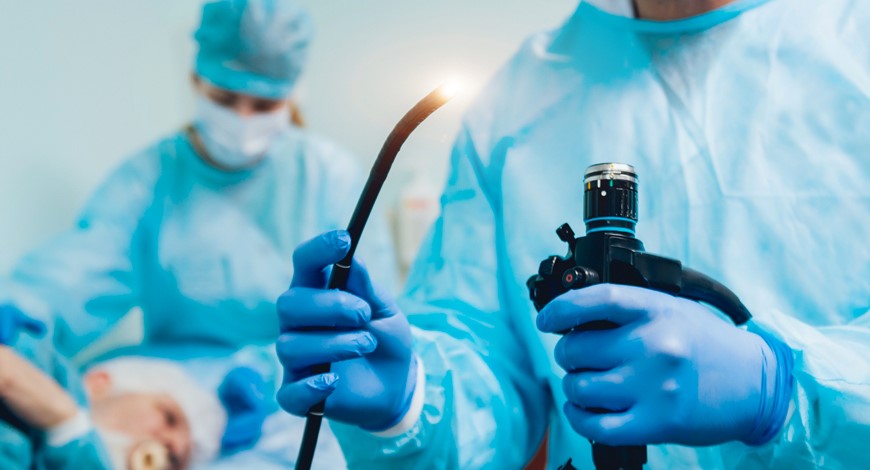Trends
Endoscopy equipment market to reach USD 44.93B by 2030

Hospitals are increasingly prioritizing investments in technologically advanced endoscopy instruments and expanding their endoscopy units. This trend is driven by the growing recognition of the benefits offered by advanced equipment in improving diagnostic accuracy and treatment outcomes. With a focus on enhancing patient care and staying at the forefront of medical innovation, hospitals are allocating resources to upgrade their endoscopy capabilities, meeting the rising demand for minimally invasive procedures. Some recent developments in different hospitals in the field of endoscopy are listed below:
A new study global endoscopy equipment market trends and Insights has just been made available on market intelligence data. A detailed study accumulated to offer Latest insights about acute features of the endoscopy equipment market.
The report contains different market predictions related to revenue size, production, CAGR, Consumption, gross margin, price, and other substantial factors. While emphasizing the key driving and restraining forces for this market, the report also offers a complete study of the future trends and developments of the market.
The market includes news and updates about the market current situation, historic data, present market trends, and this factor which is valuable and supportive to the business. It also examines the role of the leading market players involved in the industry including their corporate overview, financial summary and SWOT analysis.
The report aims to supply a further illustration of the newest scenario, economic slowdown, and Covid-19 impact on the overall industry. This research report was put together using both static and dynamic viewpoints on business.
The endoscopy equipment market is anticipated to grow from USD 23.53 billion in 2024 to USD 44.93 billion by 2030, at a CAGR of 7.6% during the forecast period.
Technological innovations offering wider scope of application for endoscopy: Key driver
Technological innovations in medical imaging devices have increased the scope of medical devices, and thereby the customer base. Robotic-assisted endoscopic procedures have created a paradigm shift in the endoscopic device market.
Moreover, a minimally invasive diagnostic and surgical procedure performed by robotic technology offers benefits such as less blood loss, less scarring, reduced risk of infection, and faster return to your life. Hence, robotic-assisted endoscopic procedures are anticipated to boost the market growth.
The development of chromoendoscopy has added another dimension to the evolving endoscopy market. Three-dimensional (3D) camera systems have improved depth perception and reduced errors during surgery, which has reduced the overall surgery time.
FDA policies moving toward easier approval process: Major driver
The U.S. FDA has been criticized for its long and arduous approval process. However, the regulatory agency has been taking constructive steps in order to ease the processing time.
In a major development, the FDA has classified colon capsule imaging devices as Class II devices. This implies that capsule endoscope manufacturing companies will not have to go through lengthy clinical trials and other pre-market approval requirements.
This would shorten the regulatory approval process and save on resources to get approval. This event is expected to drive the global market for endoscopy devices, the cost of the devices, and the number of procedures.
It also implies that reimbursement could become easier due to the lesser risk of side effects.
High cost makes devices unaffordable to developing countries: Key restraint
Endoscopic devices require highly sophisticated technology and significant expertise in manufacturing and adding technological advancements. These factors increase the overall cost of endoscopic devices and accessories.
In emerging and developing countries such as India and China, a small percent of GDP is spent on healthcare. It is much lower in countries such as Indonesia and Malaysia.
On the other hand, the U.S. is estimated to spend a high percentage of GDP on healthcare-related expenses. This ineffectual ability to emerge and develop economies toward healthcare facilities acts as a major restraint of the endoscopic devices market. Exactitude Consultancy














